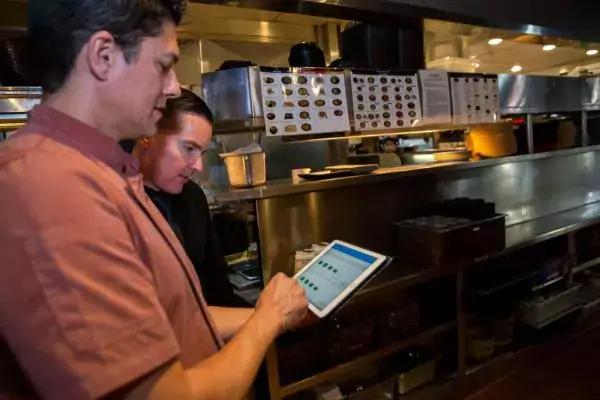As the convenience store foodservice channel continues to expand and evolve, retailers have an increasing responsibility to maintain impeccable food safety standards. A survey by AlixPartners revealed that foodservice (prepared food and hot, cold and frozen dispensed beverages) is the No. 1 reason consumers shop at c-stores for in-store merchandise, excluding motor fuel. Monthly store-dining frequency has increased 13% over the past five years, compared to flat growth for many restaurant formats. Also, nearly half of consumers surveyed said “better-for-you” options are important to them. Of course, offering fresh foods places even greater emphasis on food safety standards.
Moreover, consumers want quick service, including healthy grab-and-go options. It’s up to c-store operators to ensure food safety, even with the speed of c-store transactions. When it comes down to ensuring food safety standards, there’s no time for outdated methods of communication, and with today’s technology, there’s really no reason for administrative delay. Email and phone chains, excel spreadsheets, and paper forms are not the best ways to address real-time issues, nor are they most effective in communicating the latest food safety guidelines, baseline audits, and checklists.
Food safety requires immediate attention to detail, swift action when things go wrong, accountability, and detailed insights.
What can your store do to be proactive instead of reactionary, and how can you respond to challenges in real time? Begin by identifying the elements of food service safety that are critical to your c-store brand. Here are three general areas to consider:
- Cleanliness and proper food storage
- Food temperature
- Execution on and compliance with food safety practices
- Dairy products for frozen yogurt stored at [proper temperature]?
- Cold to-go case set at [proper temperature]?
- Internal temp of foods under heat lamp at [proper temperature]?
- Lunch meats at deli counter stored at [proper temperature]?
- Refrigerators and freezers working at [proper temperature]?
Subscribe to our blog
You are now subscribed!


